Although we may be living our best lives, and not just materialistically, there are always places to improve. For example, the media has helped us become very aware of issues that our friends, neighbors, and other groups in our communities may be facing that affect their quality of life. However, minority groups exist beyond the colors of race as well; and home designs with accessibility for the disabled should be a conversation we’re “woke” about too.
Reforms and increased awareness are still required to enable the disabled to engage in the fair pursuit of a happy, productive life. For example, April is World Autism Awareness Month, and each year December 3 marks the International Day of People with Disability, but these are also a reminders that we should strive every month to make our world more welcoming to those with varying needs. While certain schools, states, and service centers may be a haven for those living with disabilities, we are still a ways away from equal opportunity and accessibility for disabled individuals to even some of the more basic comforts in life. Many public spaces like restaurants and libraries around the country have gone through disability remodeling aimed at making these spaces accessible to the blind, deaf, those with physical impairments, and children with developmental differences. However, there is still a lot of room for improvement in our private spaces, where disability, aging in place, and autism remodeling are comparatively rare.
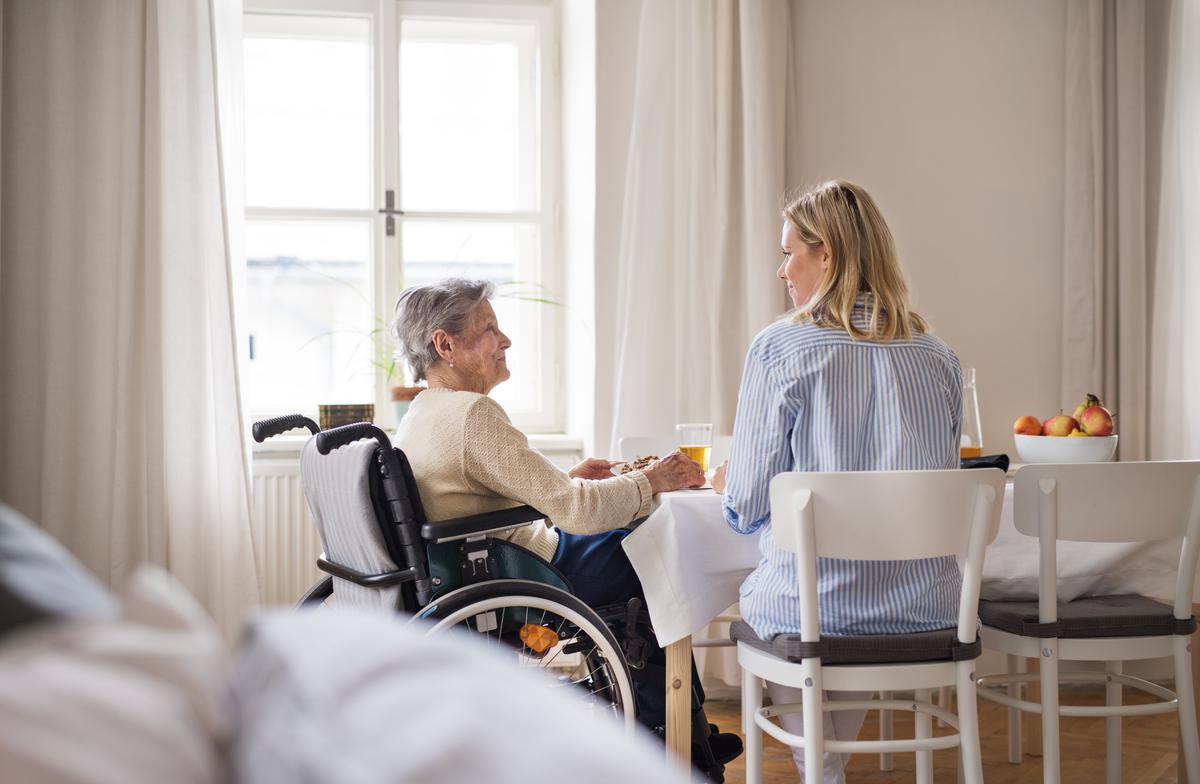
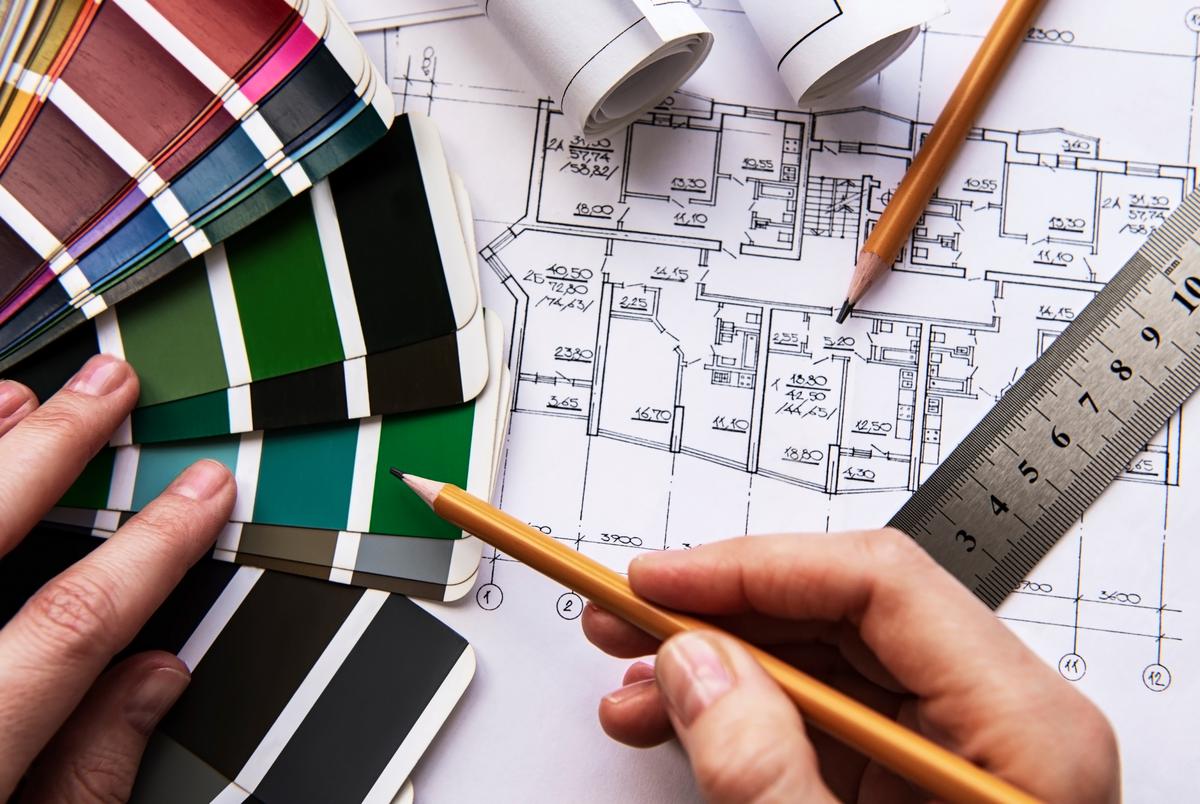
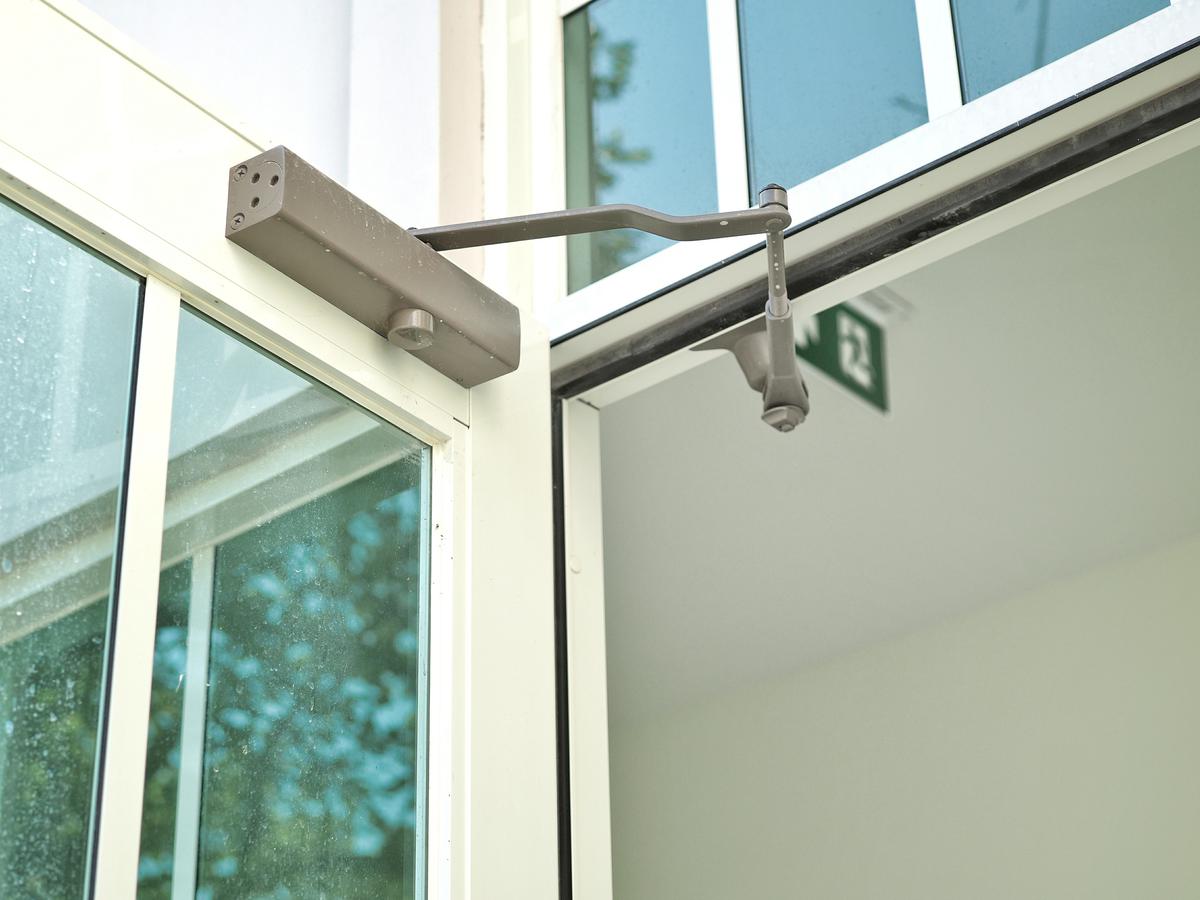
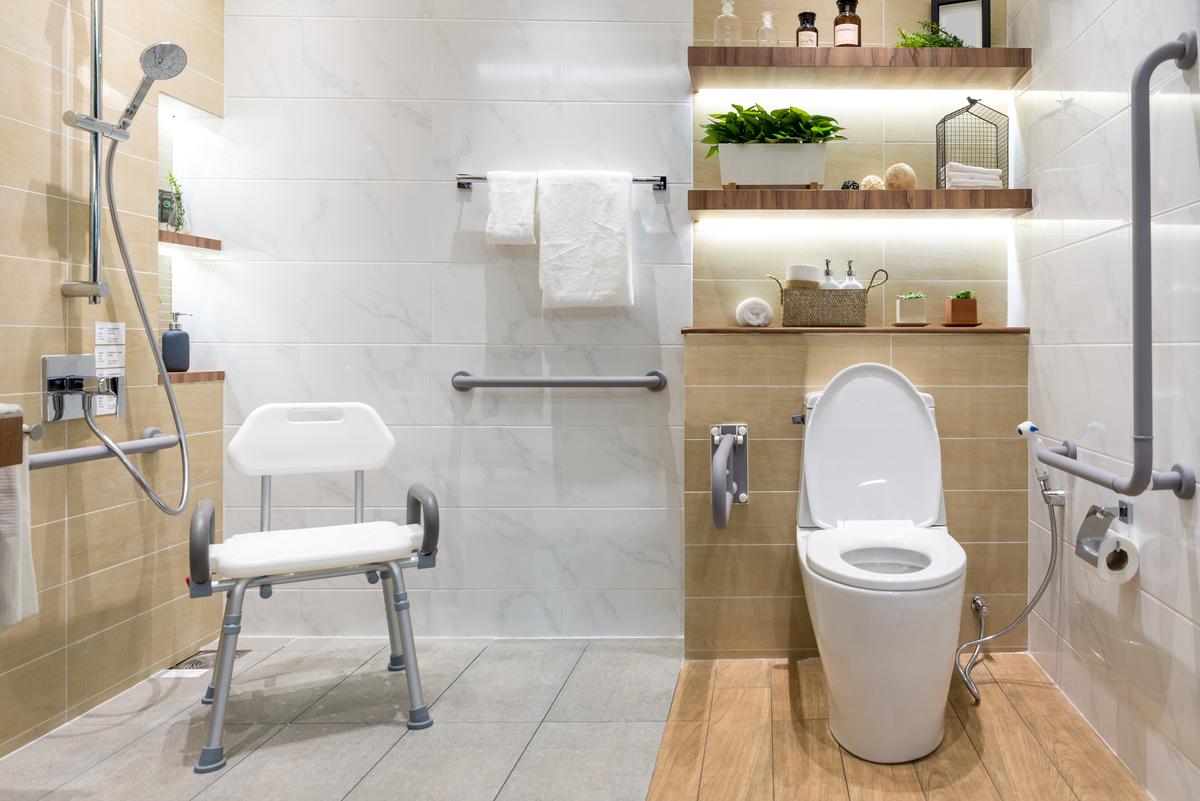

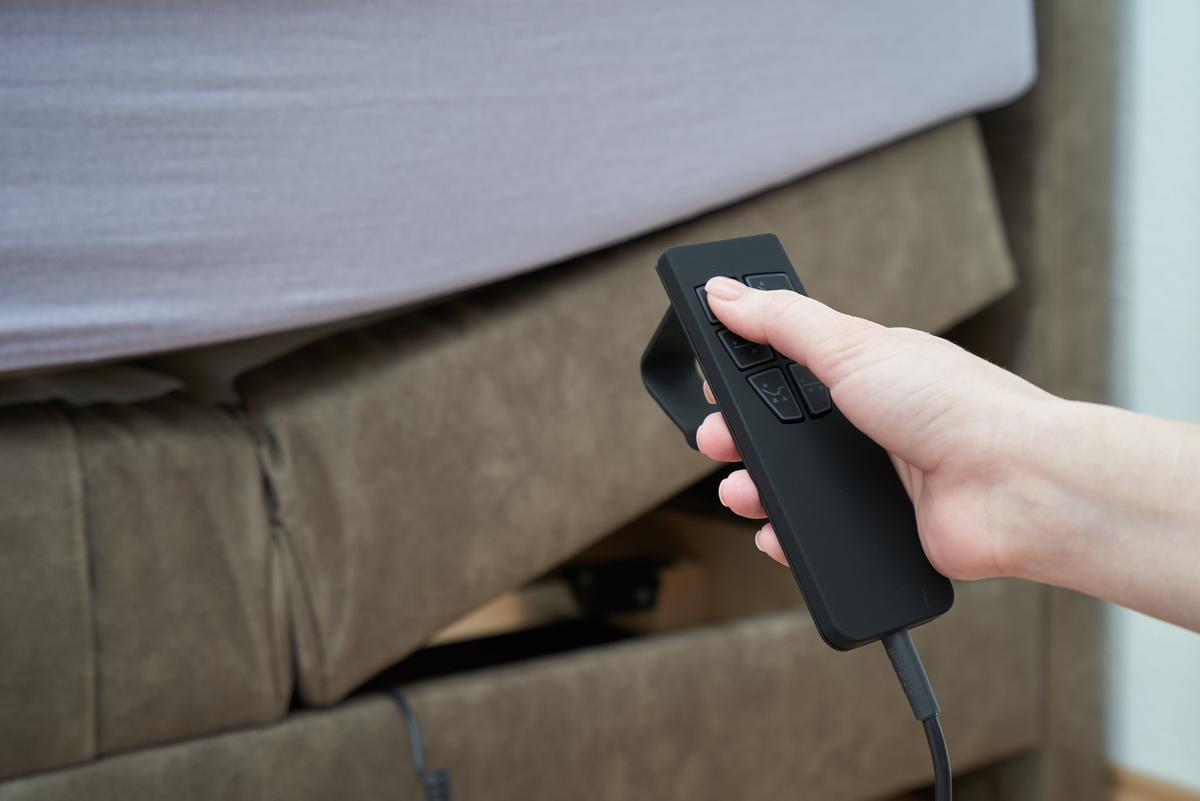
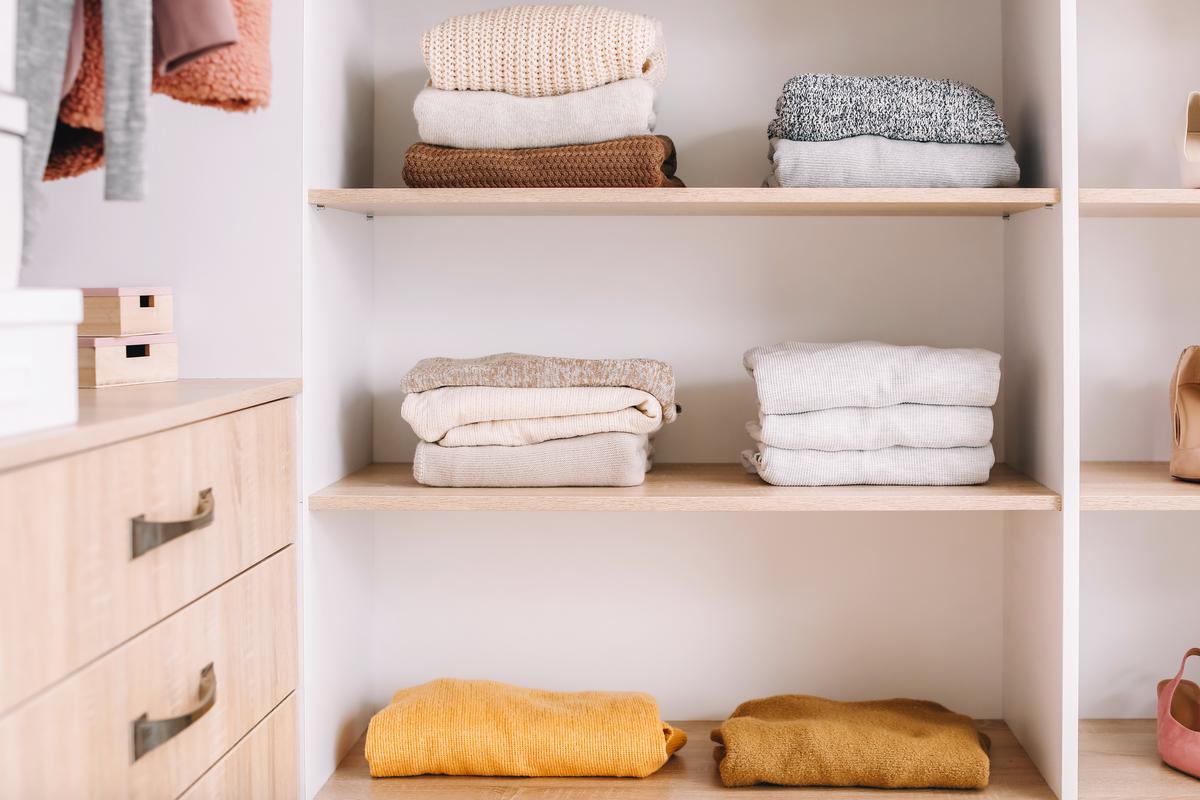
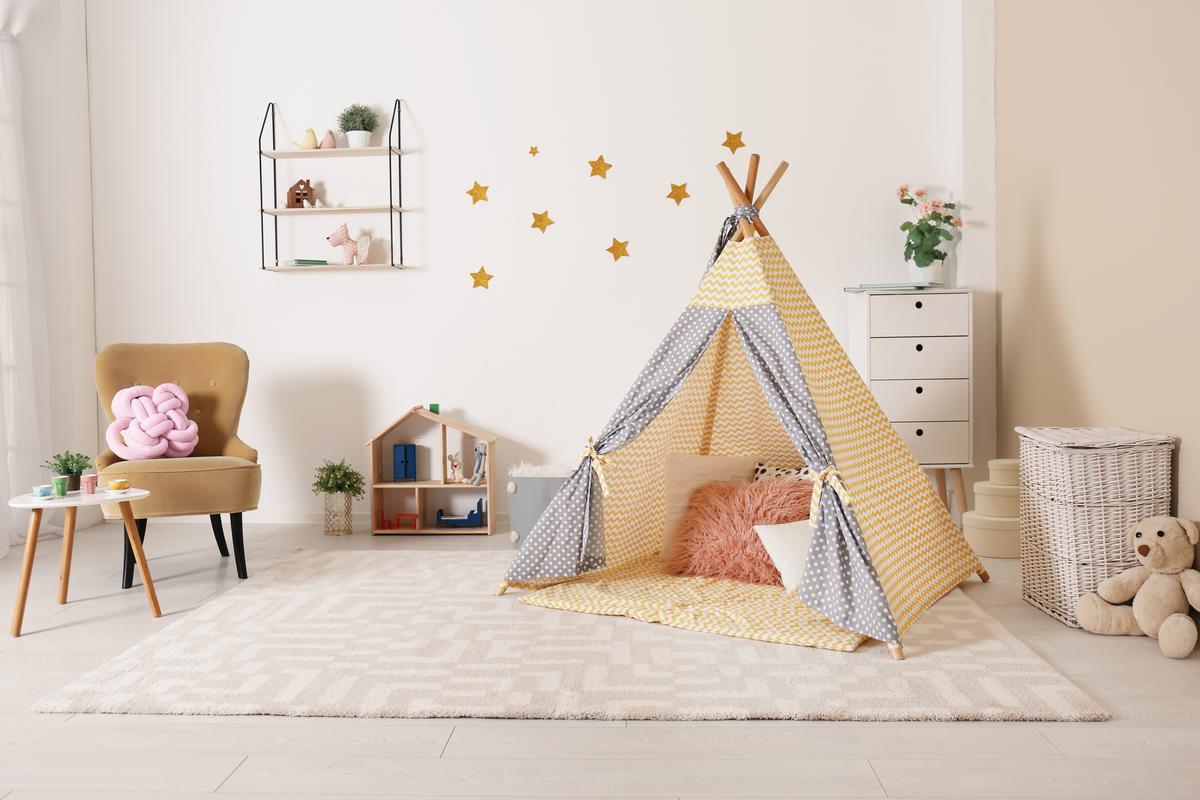
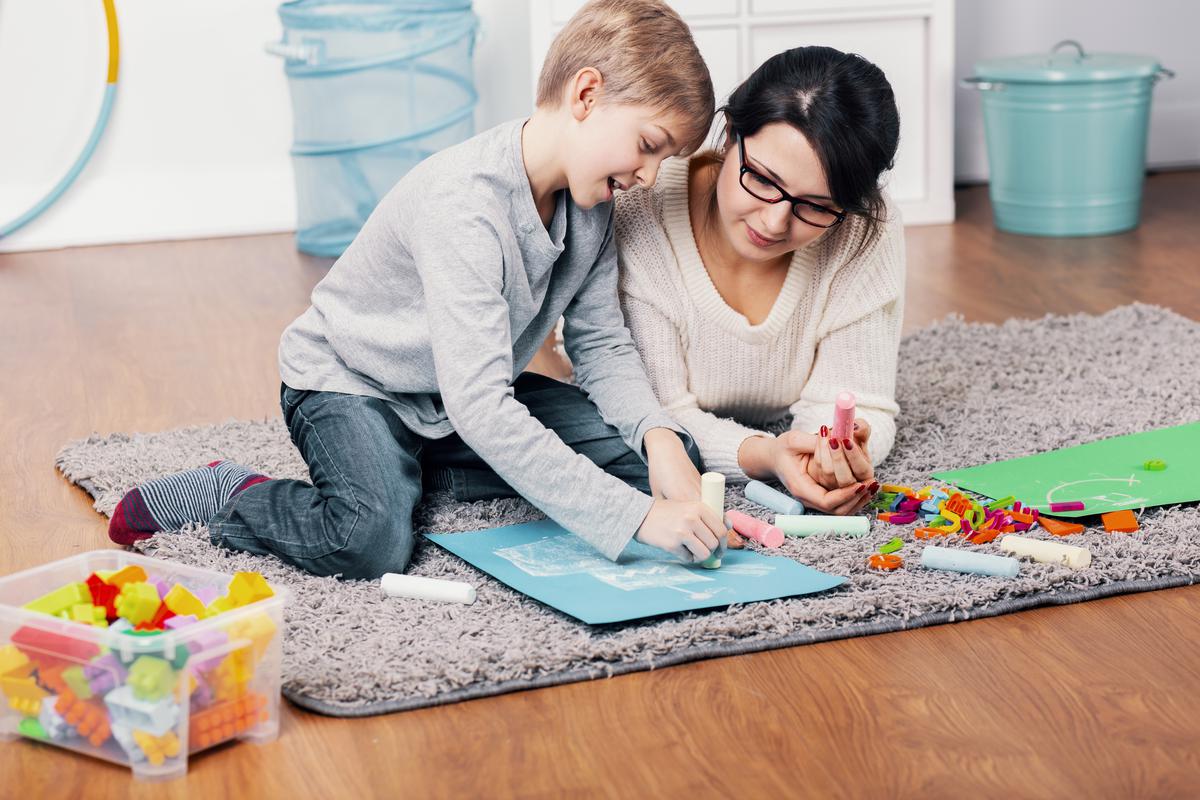
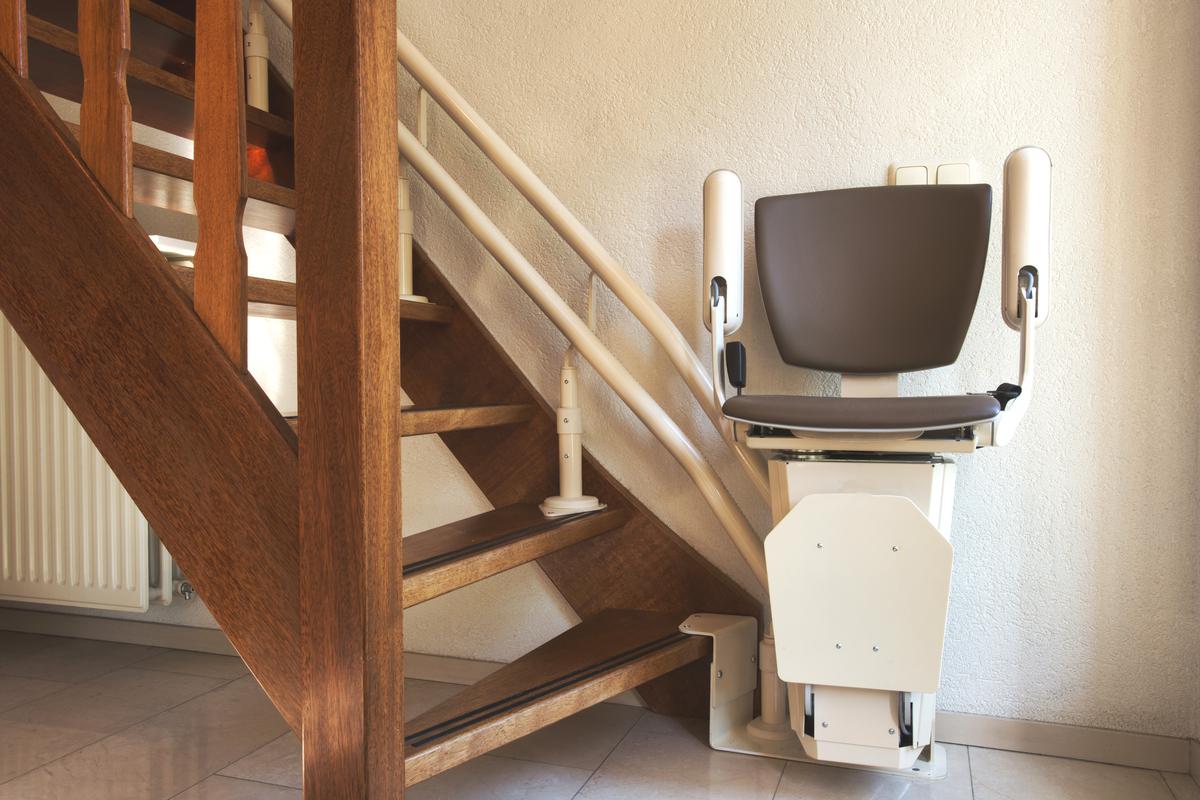
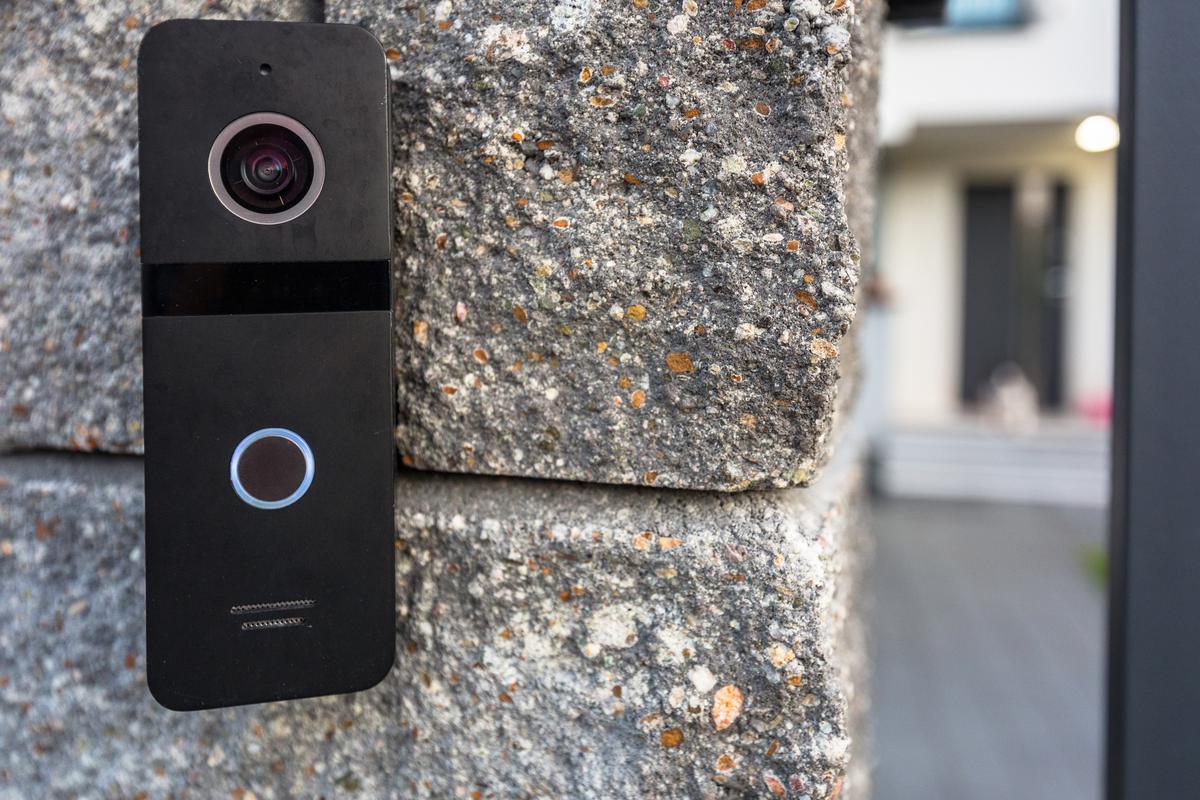

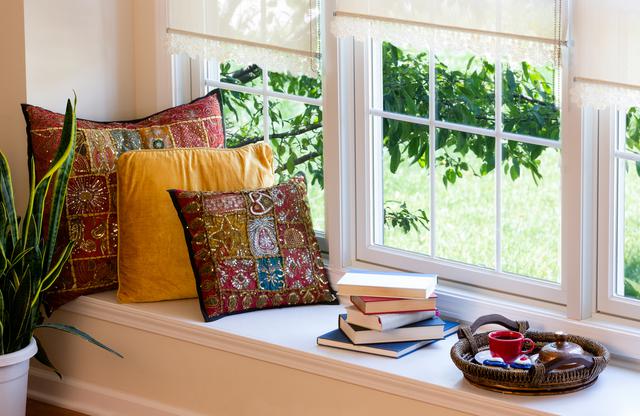

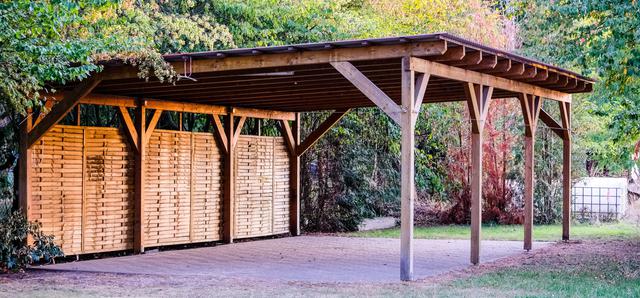
comments